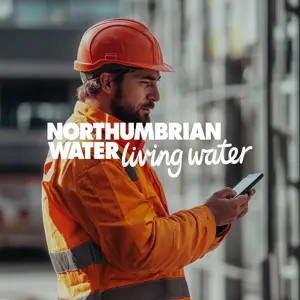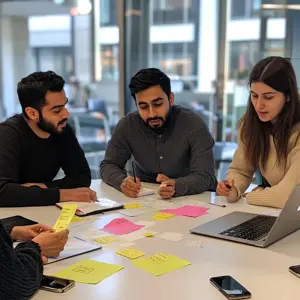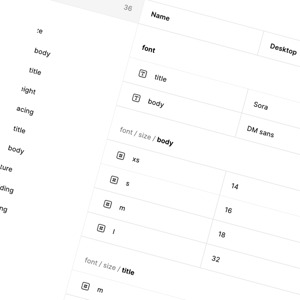There are those who are wedded to a particular methodology and are often evangelists, extolling the virtues of their chosen style to the wider world. We pride ourselves on our flexibility, understanding that no two clients or workstreams are the same, and no single methodology fits all.
Whilst there are numerous project management frameworks, we’ve focussed on three core approaches in this post, setting out what they mean and their pros and their cons.

Understanding project management methodologies
Let's break down the three key approaches that define modern digital delivery:
Methodology |
How it works |
Pros |
Cons |
| Agile |
Agile is about staying nimble. Rather than locking teams into rigid plans, agile embraces change as part of the process. Working in sprints (short, iterative cycles governed by ceremonies) teams deliver real value quickly and often, then gather feedback, adjust, and keep moving. Agile fosters close collaboration between developers, stakeholders, and customers, ensuring everyone stays aligned and the product evolves in the right direction. Ultimately this creates better products, happier customers, and teams that can pivot without breaking stride. |
|
|
| Waterfall |
Waterfall is the classic ‘measure twice, cut once’ approach, generally with a ‘big bang’ delivery at the end. Each phase (requirements, design, development, testing, deployment) flows sequentially into the next, with no turning back. You plan everything upfront, lock in the scope, and execute step by step until you reach the finish line. It works well for projects with clear, unchanging requirements where you can't afford mid-stream surprises. The trade-off is less flexibility, meaning it’s tough to pivot mid-delivery. |
|
|
| Hybrid agile (or, dare we say it, ‘wagile’) |
Hybrid Agile aims to take the best from both worlds, combining Waterfall's tight control of time, budget and scope with Agile's flexible execution. Teams might lock in requirements upfront but deliver them through sprints and iterative cycles. Or they'll use phases for governance while keeping development nimble and collaborative. It's ideal when you need predictability for stakeholders but want room to adapt as you learn. It requires discipline, but done right, you get structure without rigidity. |
|
|
Our approach
We don't just understand these methodologies—we live and breathe them. Our team includes professionals certified in Scrum, PRINCE2 and DSDM, giving us the flexibility to adapt to any client's working style. It’s this flexibility that is key. Whether you're an enterprise-level organisation with complex governance requirements, an SME looking for budget certainty, or a start-up/scale-up that needs nimble, responsive development, we can flex our approach.
Sometimes this means an Agile Discovery, followed by a more Waterfall delivery phase, or delivering Agile whilst there are unknowns, but moving to a more traditional approach for the latter phases. At the outset of a project with us, you’ll discuss ways of working with your dedicated Client Parter [hyperlink].
Together you’ll agree on an approach based on the nuances of the project, your preferences and of course your existing governance; all with the aim of delivering exceptional results.























